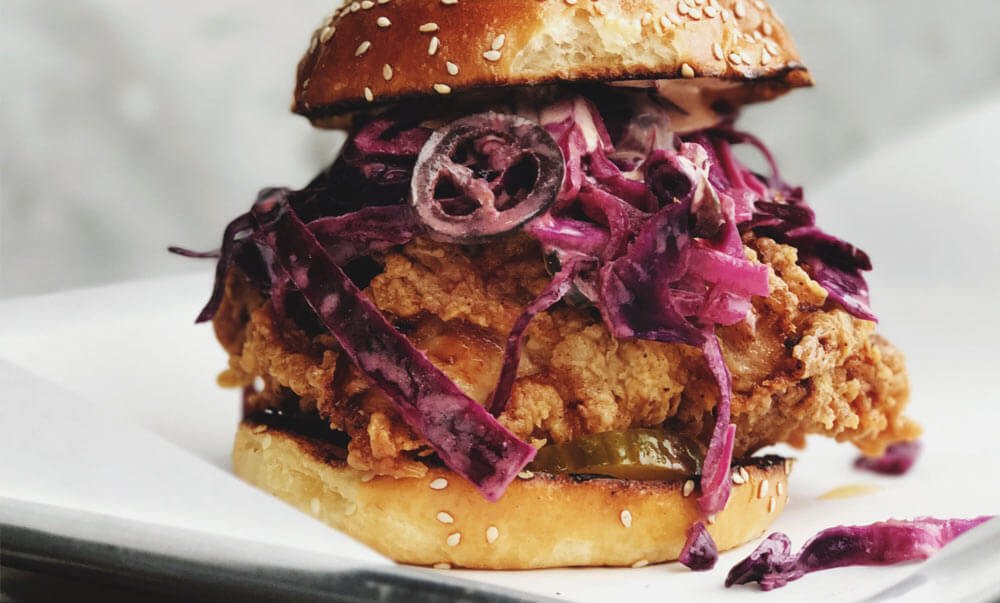In today’s fast-paced market, flexibility is more than a buzzword for small food businesses—it’s a necessity for survival and growth. Adapting quickly to changing consumer preferences and market conditions can set your business apart from the competition. This article explores how small food enterprises can enhance their operational flexibility, focusing on innovative solutions that drive efficiency and expand customer reach.
Understanding Your Business Model
The first step in maximizing flexibility is having a clear understanding of your business model and objectives. Are you aiming to be a quick service point for busy professionals, or do you want to provide a gourmet experience in various locations? Knowing your target audience and what drives their dining choices is crucial. This clarity will guide your decisions on the tools and strategies you need to adapt and thrive.
For instance, if your target customers value speed and convenience, implementing a streamlined ordering system is essential. On the other hand, if your audience prefers a unique dining experience, you might focus on finding unique locations where such an ambiance can be created. Whatever your focus, understanding your business model helps in making informed decisions that enhance flexibility.
The Role of Mobile Carts in Enhancing Flexibility
One effective way to increase the flexibility of a small food business is through the use of mobile carts for food and beverages. These mobile solutions offer significant advantages. Firstly, they reduce overhead costs associated with traditional brick-and-mortar locations. Without the need for permanent physical premises, you can decrease monthly expenses like rent and utilities, allowing you to allocate resources elsewhere, such as in marketing or menu development.
Moreover, mobile carts provide an excellent opportunity for direct customer interaction. They allow you to go where your customers are, be it at local events, busy downtown areas, or seasonal markets. This mobility enables you to capitalize on foot traffic and visibility, much more than a fixed location might. The flexibility to move based on weather conditions, events, or customer flow patterns means you can maximize sales opportunities during peak times and minimize losses during slower periods.
Importantly, mobile carts also enable business owners to test different markets without a significant upfront investment. You can explore various neighborhoods or events with different demographics to see where your products might be most popular. This trial-and-error approach is less risky when using a mobile cart than setting up a new restaurant or café in an untested area.
Utilizing Technology for Streamlined Operations
Integrating modern technology is another key strategy for maximizing business flexibility. Point of Sale (POS) systems that can operate from a tablet or smartphone are ideal for mobile carts. These systems process payments and also track sales and inventory in real time, helping you make quick adjustments to meet demand.
Social media and mobile apps are crucial for promoting your locations and daily specials. They can create anticipation and draw customers to your mobile cart. For instance, posting your cart’s location for the day along with a special menu item can attract more customers. Engaging with customers through these platforms also builds loyalty and helps you gather valuable feedback that can inform future business decisions.
Strategic Location Planning
Choosing the right locations and times to deploy mobile carts is crucial for maximizing their potential. Effective location planning involves understanding traffic patterns, recognizing peak times, and identifying the events that draw your target market. For instance, setting up near office buildings during lunch hours on weekdays can capture the professional crowd, while weekends might be better spent at parks or local festivals where families gather.
Moreover, forming partnerships with event organizers or other businesses can provide exclusive access to prime vending spots. This collaboration secures lucrative locations and also helps in marketing your presence to potential customers who are likely to attend such events. By strategically positioning your mobile carts, you can guarantee constant customer engagement and steady sales.
Diversifying Offerings to Attract More Customers
To keep your business flexible and responsive, consider diversifying your menu offerings based on the location, time of day, and customer feedback. For example, breakfast items could be served near transit stations in the morning, while more substantial meals can be offered at business districts during lunch. Seasonal menus can also attract attention and provide freshness to your offerings, enticing customers to visit more often.
Limited-time offers and specialty items that coincide with local events or holidays are also effective in drawing crowds. Such strategies create excitement and test new concepts with minimal risk. The feedback received from these promotions can guide future menu development and business expansion strategies.
Navigating Regulations and Permits
To operate mobile carts effectively, it is essential to navigate the maze of local regulations and permits. Different areas have varied requirements concerning health and safety, vending locations, and operational hours. Staying informed and compliant is crucial to avoid penalties and business interruptions.
Begin by consulting local health departments and business bureaus to understand the necessary permits and health codes. Joining local business associations can also provide insights and assistance in handling bureaucratic processes. Keeping updated on changes in regulations will make sure that your mobile cart business runs smoothly and legally.
Learning from Feedback and Adapting
Customer feedback is invaluable in the food service industry. Encourage your patrons to share their thoughts through direct interactions, social media platforms, or feedback forms. This input can help refine your menu, adjust your locations, and improve your service.
Moreover, engaging with customers on social media helps in gathering feedback and builds a community around your brand. Responding to comments and reviews shows that you value customer opinions and are committed to adapting and improving. This openness to change encourages customer loyalty and can lead to increased sales and business growth.
Maximizing the flexibility of your small food business through strategic use of mobile carts, smart location choices, menu diversification, regulatory compliance, and active customer engagement can transform how you operate. Mobile carts offer a dynamic solution to meet consumer demands with agility, lessening the risks associated with static locations. By using these strategies, your business is not just surviving; it’s poised to thrive in the competitive food industry. Flexibility is key to adaptation and success in today’s ever-changing market landscape. Embrace these strategies, and watch your small food business reach new heights.

Daniel J. Morgan is the founder of Invidiata Magazine, a premier publication showcasing luxury living, arts, and culture. With a passion for excellence, Daniel has established the magazine as a beacon of sophistication and refinement, captivating discerning audiences worldwide.





